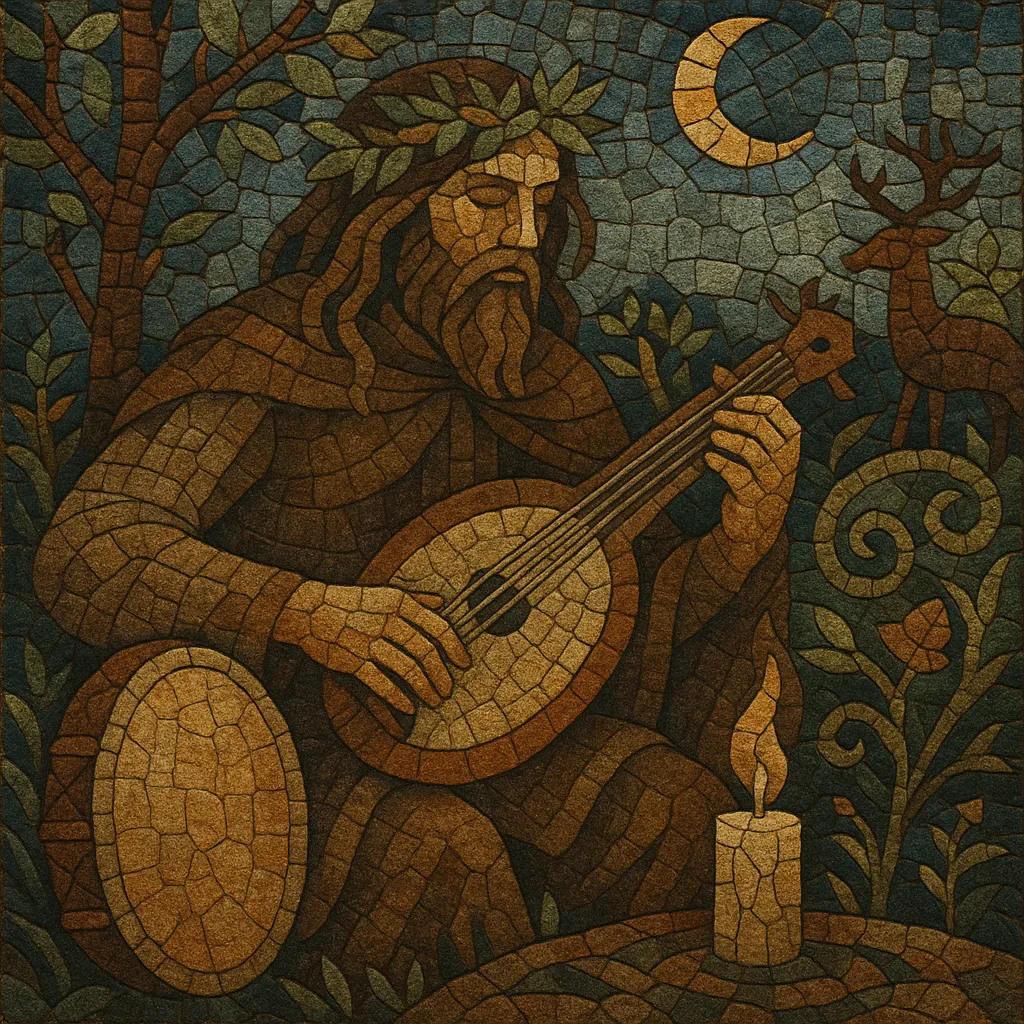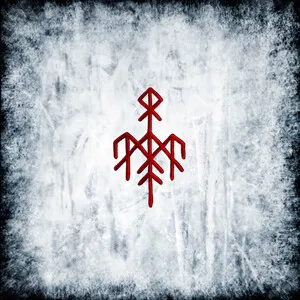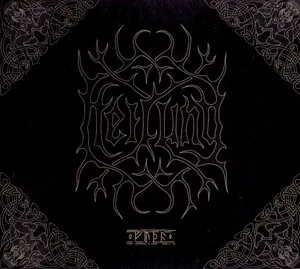Neo-pagan folk (often shortened to pagan folk) is an acoustic-leaning folk style that foregrounds pre-Christian mythologies, nature mysticism, and ritual aesthetics. It blends traditional European instruments (hurdy-gurdy, nyckelharpa, bagpipes, lyres, flutes) and frame drums with droning textures, chant, and modal melodies.
Compared with neofolk and folk metal, neo-pagan folk is less rock-oriented and less martial, favoring ritual pulse, communal vocals, and spacious, ambient production. Lyrics frequently draw on Norse, Celtic, and wider Indo-European mythic sources, archaic languages, and seasonal rites, aiming for an immersive, ceremonial atmosphere.
Neo-pagan folk emerged in the late 1990s at the intersection of European folk revival currents, the neo‑medieval scene, and the darker, ritual-leaning branch of post-industrial music. Early projects and scenes in Germany and the broader DACH region, alongside Scandinavia and the Low Countries, began to foreground explicitly pagan themes, ritual percussion, and archaic instruments while stepping away from rock backlines.
In the 2000s, acts such as Faun and Omnia codified a recognizable sound: acoustic strings (bouzouki, harp, hurdy-gurdy), hand percussion, and multi-lingual lyrics referencing myth, runes, and seasonal cycles. Medieval and folk festivals across continental Europe (often shared with neo‑medieval and historical performance groups) provided a touring infrastructure, while indie labels and community markets supported artisan instrument makers and a DIY aesthetic.
From the 2010s onward, projects like Wardruna and Heilung amplified the ritual dimension—large frame drums, massed chant, overtone techniques, and theatrical staging—drawing global audiences and sync placements in film/TV. The sound diversified: some artists leaned toward ethereal wave and ambient production, others toward earthy trance-like grooves. Online communities helped spread techniques (frame-drum patterns, lyre tunings) and historical linguistics, further cementing the genre’s identity.








